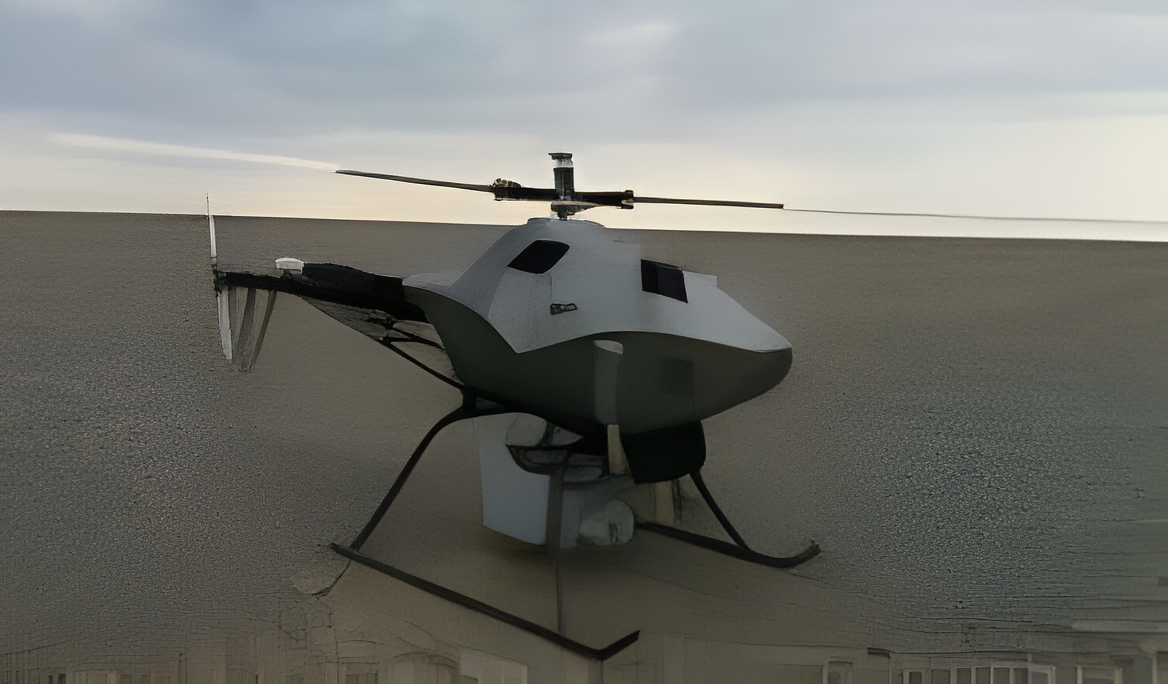Military Drone Capabilities and Technical Specifications: Autonomy, Range, Speed, and Payload

Military drones, also known as Unmanned Aerial Vehicles (UAVs), have transformed modern warfare with their advanced capabilities and technical specifications. In this article, we will delve into the key features that make military drones indispensable assets on the battlefield: autonomy, range, speed, and payload capacity.
Autonomy
Autonomy is a crucial aspect of military drones, referring to the maximum flight time on a single battery charge or fuel load. High-end military drones like the MQ-9 Reaper can achieve up to 27 hours of flight time1. This extended autonomy is vital for missions requiring prolonged surveillance, reconnaissance, or persistent aerial coverage.
Range
The range of a military drone determines how far it can travel from the operator while maintaining a stable connection. Advanced military drones can cover impressive distances; for instance, some models can reach up to 2,000 kilometers2. This extensive range is particularly beneficial for strategic operations, such as border patrol, long-range reconnaissance, and deep-strike missions.
Speed
Speed is another critical specification, especially for drones used in dynamic and high-risk environments. High-speed military drones can reach velocities of up to 210 km/h (130 mph), enabling them to quickly respond to threats, cover large areas, or follow fast-moving targets. This capability is essential for applications in combat zones or rapid response scenarios.
Payload Capacity
Payload capacity refers to the weight a drone can carry in addition to its own weight. This specification is crucial for military drones used in various operations, including surveillance, reconnaissance, and combat. Some military drones can handle payloads of up to 300 kg, allowing them to carry advanced sensors, high-resolution cameras, communication equipment, or even precision-guided munitions.
Conclusion
Understanding the capabilities and technical specifications of military drones is essential for selecting the right model for specific mission requirements. Whether you need extended flight time, long-range operation, high speed, or significant payload capacity, there is a military drone designed to meet these needs. As drone technology continues to evolve, we can expect even more advanced features and capabilities in the future, further enhancing their role in modern warfare.
